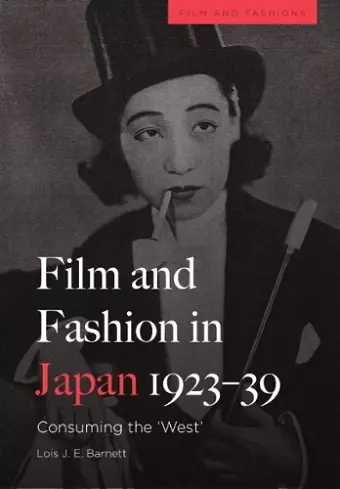Film and Fashion in Japan, 1923-39
Consuming the 'West'
Format:Hardback
Publisher:Edinburgh University Press
Published:1st Aug '23
Currently unavailable, and unfortunately no date known when it will be back
This hardback is available in another edition too:
- Paperback£24.99(9781474497718)

The book examines the interaction between the audience member and Japan's film and fashion industries between 1923 and 1939, focusing on Western-inspired fashion objects (as opposed to indigenous Japanese items, such as the kimono). This interdisciplinary book examines the semiotics of dress onscreen within Japan’s transcultural media climate, consulting not only film- or fashion-related theoretical bases but also historical and gender-based approaches. The work consults surviving films, print media and advertising materials, allowing insights into lost films and the period's commercial context. The book discusses the role of fashion consumption in defining emergent modern identities and their relationships with new spaces, questioning their arising in Japan and worldwide. Key areas include the expressive Modern Girl image (the Japanese equivalent of the Hollywood flapper); the relationship between the body and sportswear and hybridised dress styles (which combined Japanese and Western-influenced aesthetics); and menswear in the early work of director Ozu Yasujirō.
This book is a fascinating examination of the market condition for Japanese cinema in a major period of transition. Through detailed historical research it pays attention to the intersection of the film and fashion industries to excavate a vital story of changing sartorial styles and their cultural and social meanings. -- Julian Stringer, University of Nottingham
ISBN: 9781474497701
Dimensions: unknown
Weight: unknown
288 pages